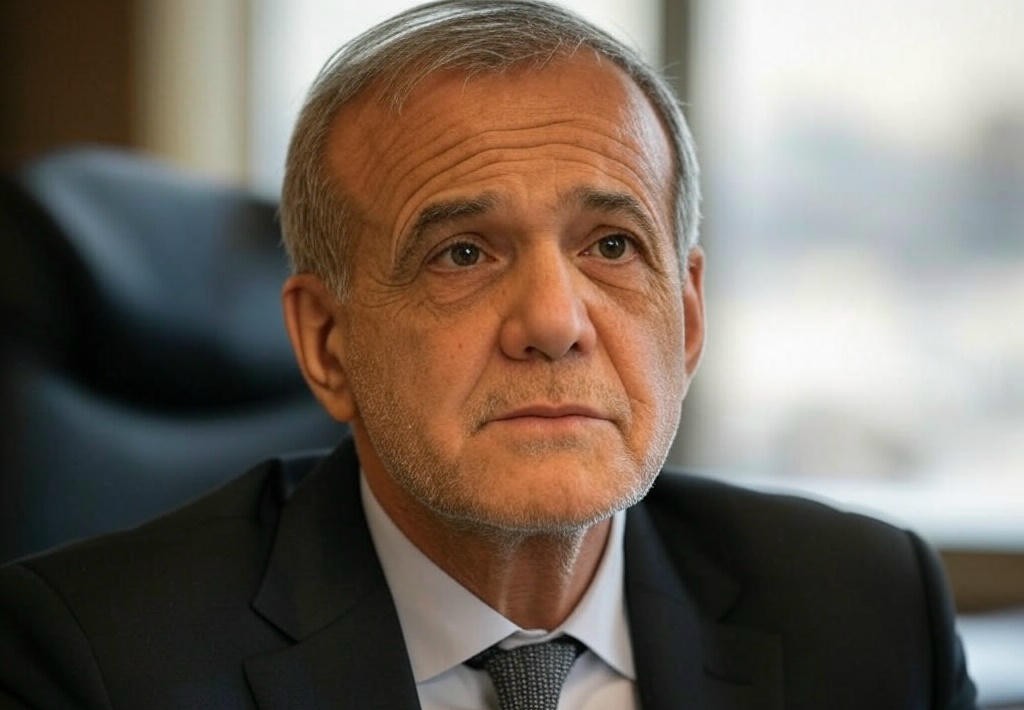
Iran is facing tough times. Its currency the rial has fallen to a record low against the U.S. dollar. On April 5, 2025 it took more than 1 million rials to buy just one dollar. This is the weakest the rial has ever been and it’s causing big problems for the country. The drop comes as tensions between Iran and the United States grow and it’s putting extra pressure on Iran’s reformist President Masoud Pezeshkian.
Why Is the Rial Falling?
The rial’s value started dropping fast after Iran returned to work following the Persian New Year holiday called Nowruz. During the holiday currency shops were closed and people traded money informally on the streets. This made the rial weaker. When shops reopened on April 5, the rate fell even more—to 1043000 rials for one dollar. Traders in Tehran the capital were so unsure about the future that some turned off their signs showing exchange rates.
The main reason for this fall is the trouble between Iran and the U.S. Back in 2018 U.S. President Donald Trump pulled America out of a nuclear deal with Iran. This deal made in 2015 had helped Iran by lifting sanctions in exchange for limits on its nuclear program. At that time the rial was worth 32000 to one dollar—much stronger than today. But after Trump left the deal tough sanctions came back. These sanctions hurt Iran’s economy by blocking its oil sales and access to foreign money.
Now, in 2025 Trump is back as U.S. President and has restarted his “maximum pressure” plan. This means more sanctions and actions against companies trading with Iran especially those selling its oil to places like China. With less money coming in Iran’s economy is struggling and the rial keeps losing value.
Life Gets Harder for Iranians
For the people of Iran this is a big problem. When the rial falls everything gets more expensive. Food, clothes and other daily items cost more because Iran has to buy many things from other countries using dollars. Inflation which is when prices rise fast is already high—around 35% or more. This makes it hard for families to afford what they need. Many Iranians are turning to dollars, gold or even cryptocurrencies to protect their savings.
In Tehran’s markets like the Grand Bazaar and Ferdowsi Street, people are worried. Traders don’t know how low the rial might go, and customers are finding it harder to buy things. The mood is tense and the weak currency is making life tougher every day.
Pressure on President Pezeshkian
The falling rial is not just an economic issue—it’s a political one too. President Masoud Pezeshkian, who started his term in July 2024 is feeling the heat. He’s a reformist meaning he wants to make changes to help Iran grow and improve ties with the world. He promised to fix the economy and ease sanctions but the rial’s crash is making that harder.
Pezeshkian is already facing challenges at home. In March 2025 when the rial was at 930000 to the dollar Iran’s parliament blamed his finance minister, Abdolnasser Hemmati, for the currencys fall and mismanaging the economy. They voted to remove him from his job. This was a big blow to Pezeshkian’s team.
Then another problem came up. People got angry when Pezeshkian’s vice president, Shahram Dabiri, took an expensive cruise to Antarctica with his wife. Even though Dabiri used his own money, Iranians struggling to survive didn’t like seeing a government official on a luxury trip. Photos of the trip on Instagram made things worse. Pezeshkian fired Dabiri, saying, “When people are under huge economic pressure officials should not take costly trips even with their own money.” But the damage was done—many felt the government was not focused on their problems.
Can Pezeshkian Fix This?
Pezeshkian wants to talk with the U.S. to reduce tensions and maybe ease sanctions. He’s said Iran is open to indirect talks but not direct ones yet. Trump has written to Iran’s Supreme Leader, Ayatollah Ali Khamenei, pushing for direct negotiations. So far nothing has worked. Pezeshkian has asked “If you want talks why threaten us?” He believes America’s actions are hurting not just Iran but the whole world.
The pressure is on Pezeshkian to find a way out. The rial’s fall shows how hard his job is. Sanctions a weak economy and an unhappy public are all against him. If he can’t stop the rial from dropping or bring relief to Iranians his promises of reform might not come true. For now Iran waits to see if their leader can turn things around—or if the rial will keep falling.
